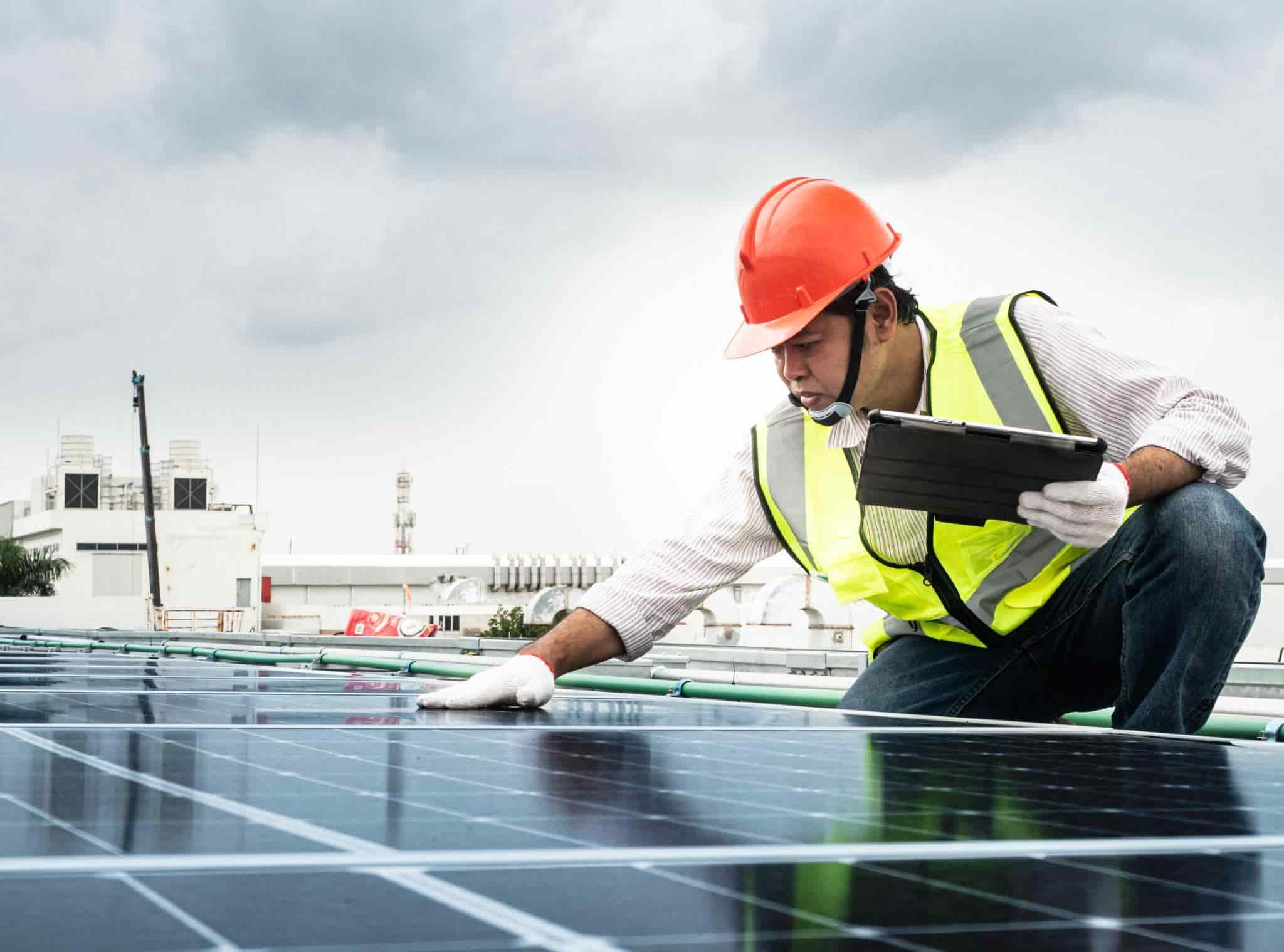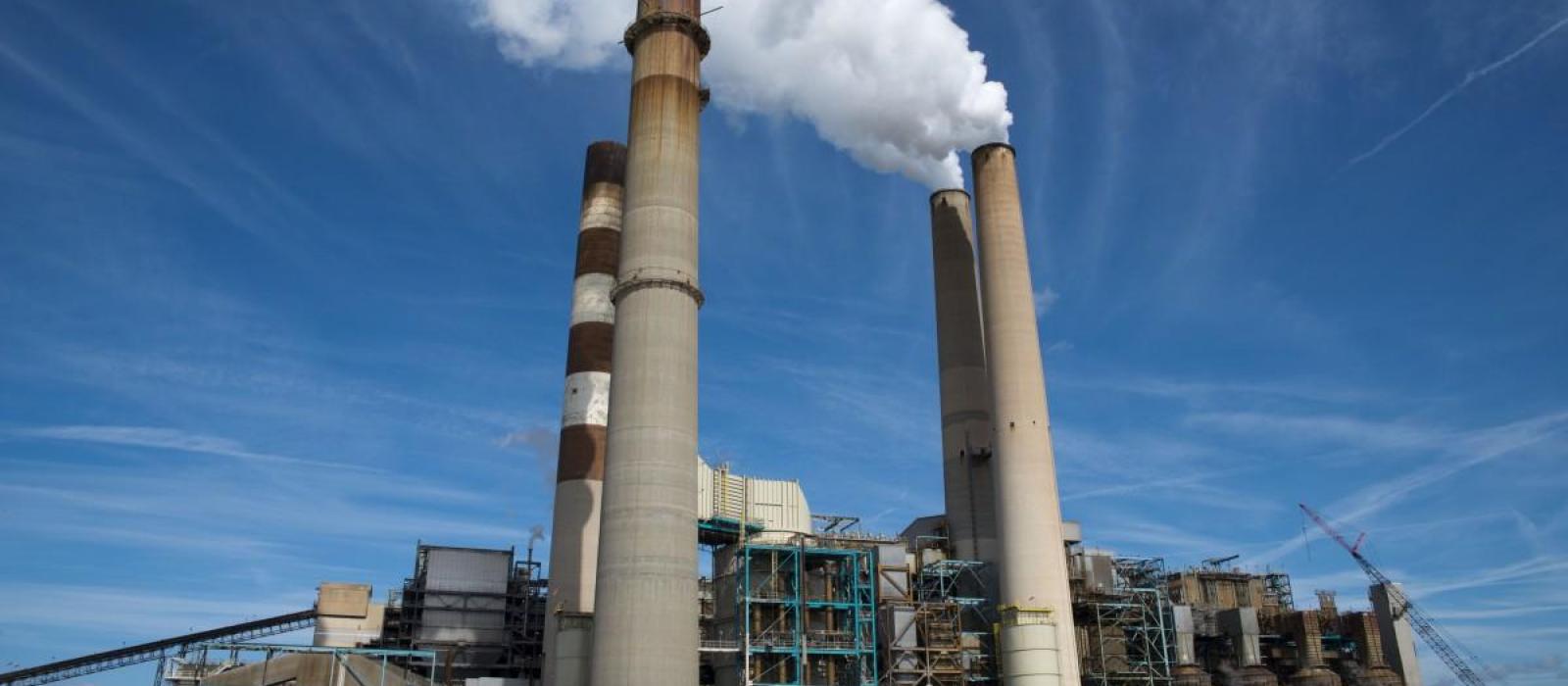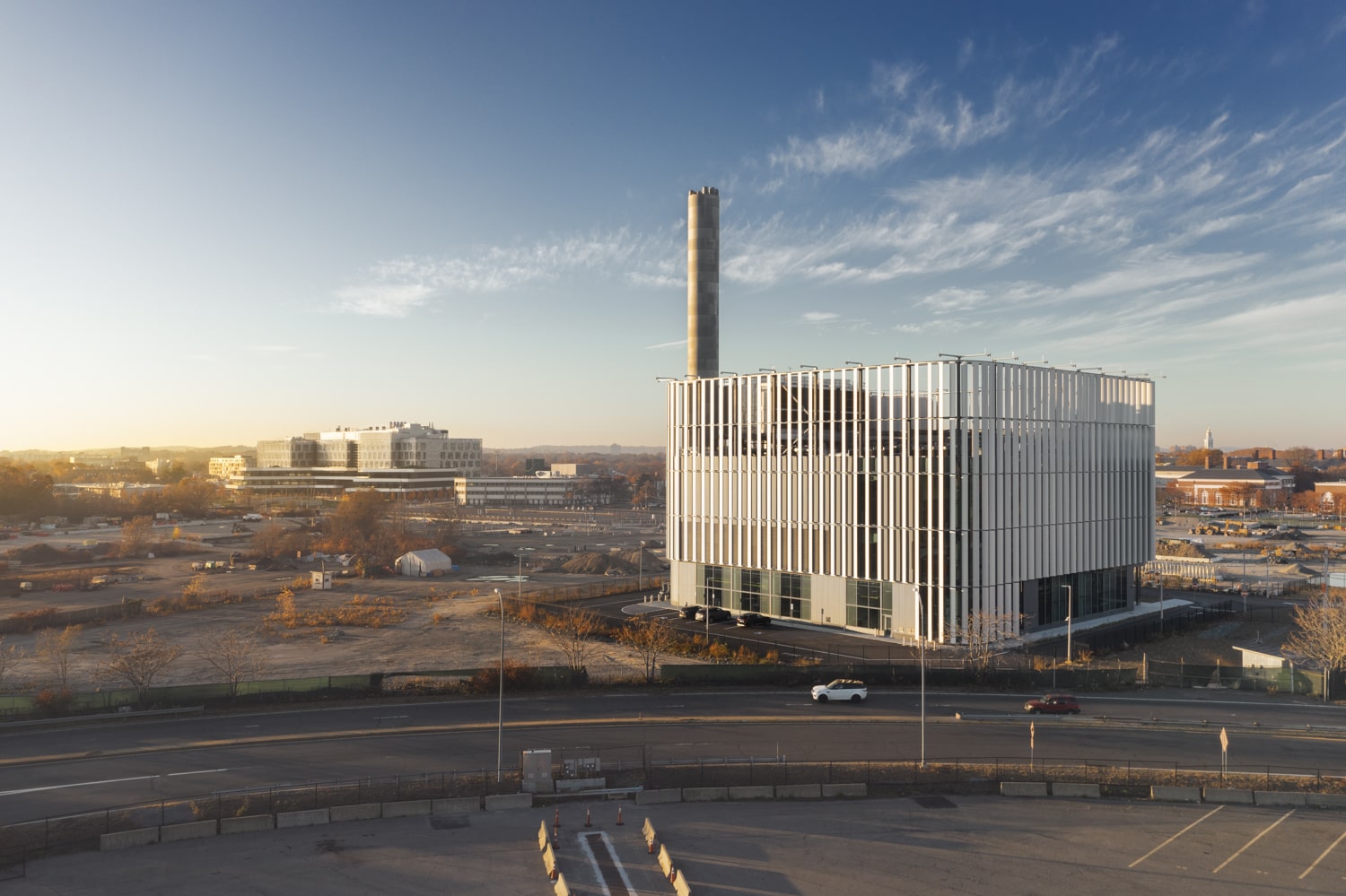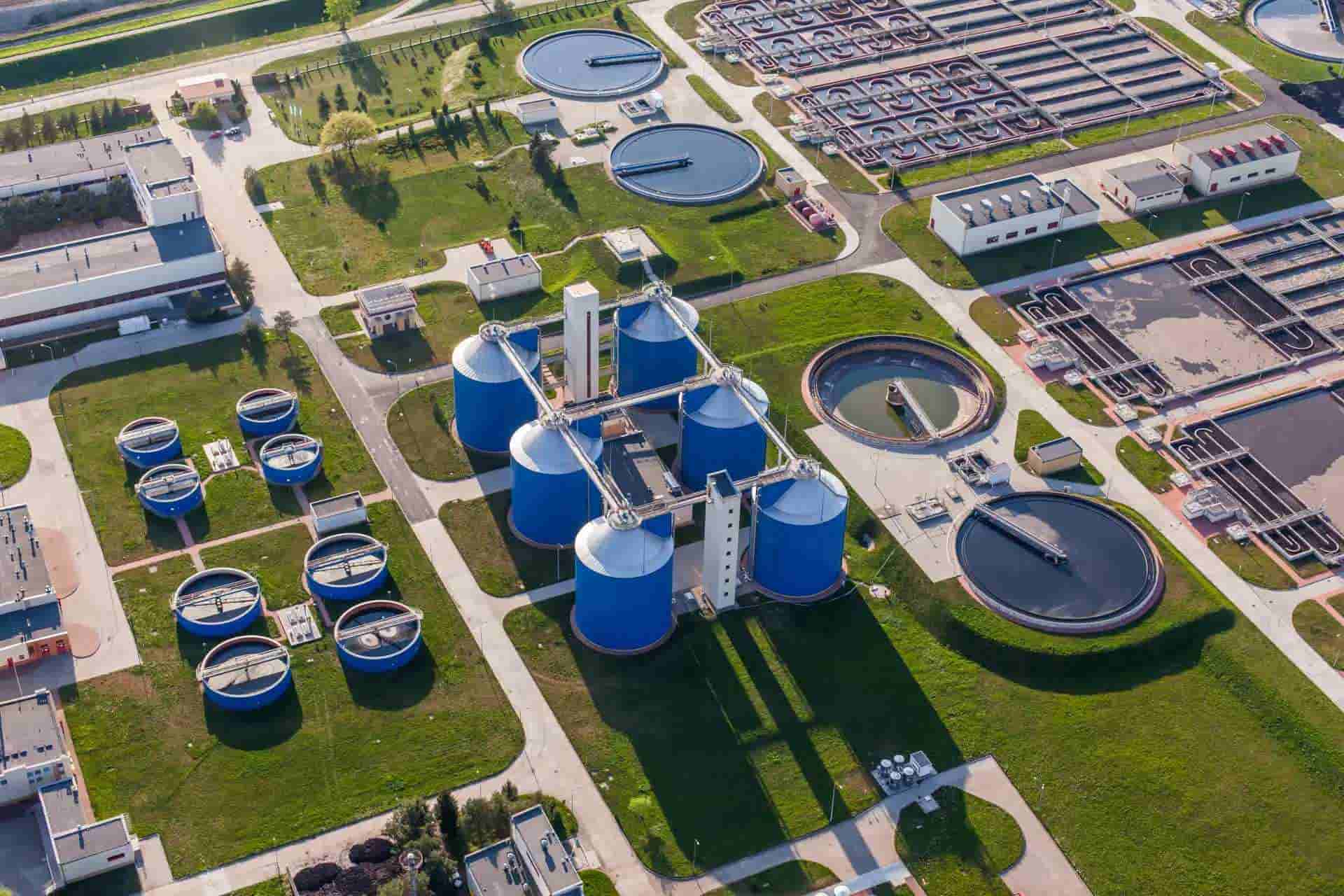Energy storage provides flexible ways to harvest and store energy for later use in the modern energy landscape. Storage of electricity in batteries or ultracapacitors is a dependable and effective approach to store and release electrical energy.
Converting energy into gaseous fuels like biogas, biomethane, or hydrogen is another energy storage method. These fuels, known as “e-fuels,” can be stored and used in high-efficiency decentralized reciprocating gas engine facilities. These plants save money and decarbonize the power supply by generating electricity and heat at the point of use.
Energy storage systems (ESS) allow surplus energy to be stored during high production and released during high demand or deficit. This improves energy efficiency by optimizing resource use.
Energy resilience
Energy resilience allows an energy system or infrastructure to resist and recover from interruptions, ensuring a steady energy supply. It entails creating and implementing ways to improve energy systems’ stability, flexibility, and adaptability to withstand and recover from various threats.
Energy resilience can be achieved by:
- Diverse Energy Sources: Using a mix of renewable, conventional, and energy storage sources decreases reliance on a single source and improves the system’s resilience.
- Distributed generating: Microgrids and localized power generating allow energy generation closer to usage. This makes centralized power systems more resilient and community or facility energy resilient.
- Energy Storage: Batteries, pumped hydro, and thermal energy storage can store excess energy during low demand and release it during high demand or grid interruptions.
Pumped Hydro Storage
This technology stores energy by pumping water uphill. Stored water flows through turbines to generate electricity when needed. Large-scale energy storage uses pumped hydro storage.
Compressed Air Energy Storage (CAES)
CAES systems compress air and store it in subterranean caverns or pressurized tanks using excess electricity. Compressed air drives turbines to create power as needed.
Integrating Diverse Energy Sources
Hybrid power plants and microgrids combine energy storage and electricity generation. Renewable energy, conventional generators, and energy storage strengthen these systems. They maximize power generation, energy efficiency, and electricity stability amid grid breakdowns.
Hybrid power plants and microgrids use renewable energy sources and allow energy consumption time-shifting. They promote energy independence, a sustainable energy future, and grid services.
Enabling Renewable Energy Adoption
Renewable energy adoption is essential for a sustainable future. Solar and wind electricity are abundant and clean. Intermittent nature concerns grid stability and reliability. Energy storage systems make renewable energy widespread.
Energy storage bridges supply and demand by storing extra energy during high generation and releasing it during high demand. This improves grid flexibility, reduces renewable energy curtailment, and stabilizes power supply. Energy storage allows renewable energy to be used to its utmost, lowering greenhouse gas emissions and creating a greener energy future.









